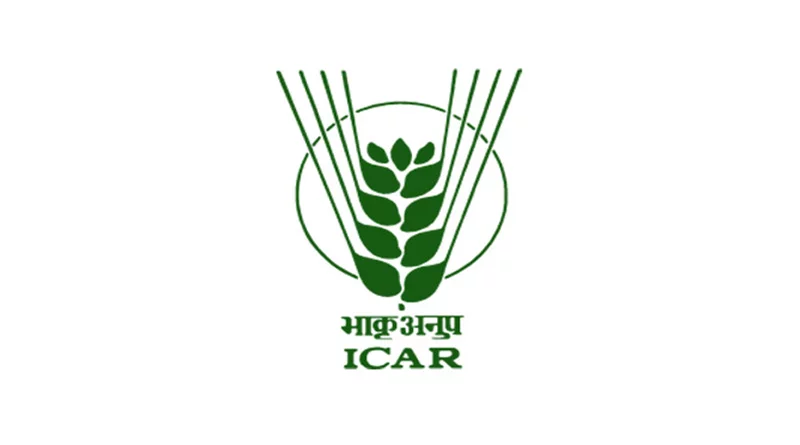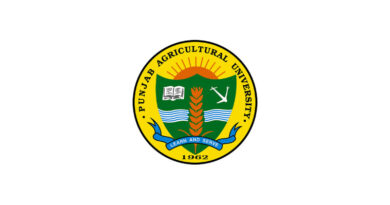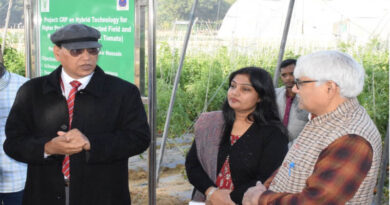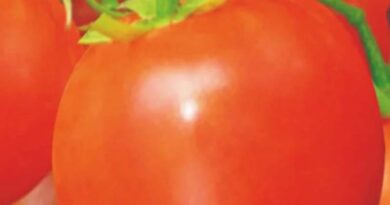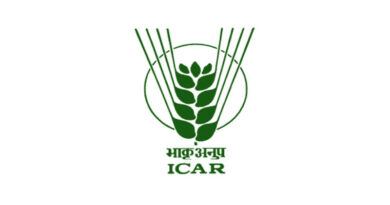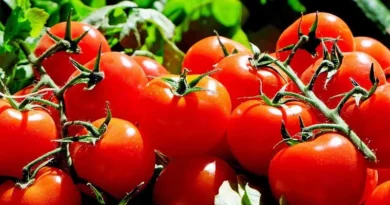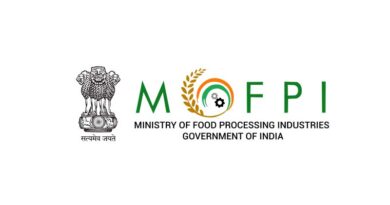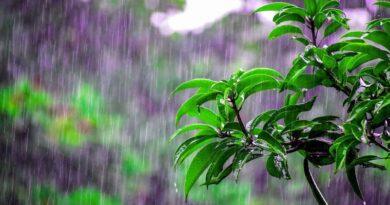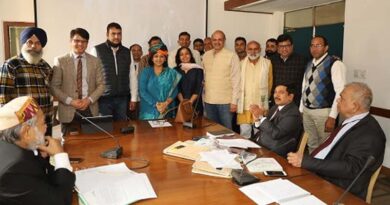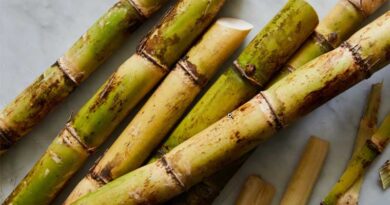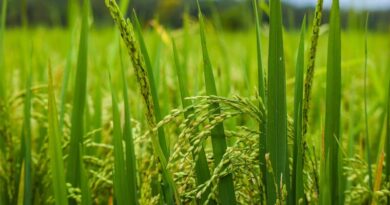Off-season Cultivation of Tomato Under Protected Environment: a Promising Option for Livelihood Improvement of Mizo Farmers
02 April 2024, New Delhi: The protected cultivation strategy aims to enhance commercial tomato cultivation, resulting in higher crop productivity, quality produce, efficient resource use, and higher farmer income, while minimizing the impact of biotic and abiotic stress environment. The protected cultivation ensures a higher supply of tomato products in respective local markets during the lean period of tomato supply and increases the relative period length of tomato availability in the market fetching relatively higher product prices.
ICAR Research Complex for NEH Region, Mizoram Centre selected 16 farmers from five districts of Mizoram under the Tribal Sub Plan project. The periodic monitoring and supportive data recording were carried out by Krishi Vigyan Kendra-Aizawl, Krishi Vigyan Kendra–Siaha, Mizoram State Rural Livelihood Management, Thingdawl, District Agriculture Office, Lunglei and Agricultural Technology Management Agency – Lawngtlai. The relative annual profitability of protected tomato cultivation over 180 m2 area was studied over the past five years under the Tribal Sub plan as follows:
Three high-yielding tomato cultivars likely, Arka Rakhsak (Hybrid F1; semi-determinate), were grown under poly house conditions (180m2area; costing about 2.5 lakhs) maintaining the spacing of 75 cm × 30 cm. Arka Rakhsak were resistant for Tomato leaf curl virus, bacterial wilt, and early blight. Standard nutrient (N: P: K = 120:80:60 kg ha-1) and pest management practices under poly house viz. spring planting (February- March) and autumn planting (mid-August), as well as open field condition during rabi season (November to early March). The site suitability of respective tomato varieties and optimum planting time were determined based on our institutional field trial results conducted at ICAR Research Complex for NEH Region, Mizoram Centre research farm. Periodic training (nursery preparation, production technology, nutrient & pest management, etc.) and other technical support were provided to the targeted farmers on off-season tomato cultivation.
Heavy rainfall and periodic temperature constrain the open field tomato cultivation during pre-kharif and kharif season often leading to reduced fruit yield (~ 70%) in Mizoram. The rise in cumulative fruit yield was about 3.5 times more under a protected environment as compared to open field cultivation with an extended crop growth period i.e. 120 days (open) to ~150 days (protected) and effective land utilization. The multilocation trial confirmed the Kharif tomato fruit yield was 157.57% higher than the rabi season open field tomato fruit yield under polyhouse conditions. The high initial investment nullified the net profitability for an initial 1.5 years; then gradually turned into a high-profit earning venture for the targeted Mizo farmers. Moreover, playhouse systems with advanced irrigation systems facilitate efficient utilization of irrigation water resources. The average cumulative tomato fruit yield was almost doubled for all farmers by adopting tomato cultivation under protected conditions. Among all the farmers, Pu. Thanmawia secured the highest fruit yield (69.8 t/ha in protected condition and 20.25 t/ha field condition) followed by Thangkima (66.4 t/ha in protected condition and 18.78). Therefore, the technology was gradually replicated in the farmers’ field in collaboration with the Line Department under the technology demonstration component of the Tribal Sub Plan (78 beneficiaries). Overall, adapted farmers secured ~ 2.5- 3 times higher production, along with ~4.5 times higher net income and 4 times higher employment generation over initial i.e. before technology adaptation (Table 1). Realizing the potential profitability of off-season tomato cultivation technology under a protected environment, farmers from neighboring villages of TSP implementation sites are presently initiating their venture for successful community-based off-season tomato cultivation in Mizoram.
Convinced by increased profitability from his neighbor (Pu Thangkima), Pu Laltlanzova (Siphir – Aizawl) also started the protected cultivation of tomatoes sponsored by the Tribal Sub Plan scheme of ICAR NEH, Umiam. After three years of technology adaptation, he expressed satisfaction with his tomato cultivation in a greenhouse, stating they used to grow local leafy vegetables during summer and winter, leaving their field uncultivated.
Table 1: Income and Socio-economic enhancement through protected cultivation in different districts of Mizoram
Protected condition (Combined):
| Yield(t/ha) | Production(kg/180m2) | Net income(Rs./180m2) | B: C | Employment generation | |
| Pi Lalzikpuii | 59.6 | 1490 | 60261 | 1.75 | 172 |
| Pu Thangkima | 66.4 | 1660 | 65247 | 2.07 | 186 |
| Pu Thanmawia | 69.8 | 1746 | 67283 | 2.10 | 192 |
| Pu Lalsiamliana | 63.2 | 1581 | 64279 | 1.90 | 184 |
| Pu Lalbiakdika | 66.1 | 1653 | 63093 | 1.80 | 180 |
| Field condition: | |||||
| Yield(t/ha) | Production(kg/180m2) | Net income(Rs./180m2) | B:C | Employment generation | |
| Pi Lalzikpuii | 16.64 | 416 | 11698 | 0.83 | 33 |
| Pu Thangkima | 18.78 | 468 | 12780 | 0.88 | 37 |
| Pu Thanmawia | 20.25 | 506 | 13840 | 0.92 | 40 |
| Pu Lalsiamliana | 17.83 | 446 | 12843 | 0.84 | 37 |
| Pu Lalbiakdika | 18.71 | 468 | 12091 | 0.76 | 35 |
(Source: ICAR Research Centre -NEH, Umiam, Meghalaya)
(For Latest Agriculture News & Updates, follow Krishak Jagat on Google News)

